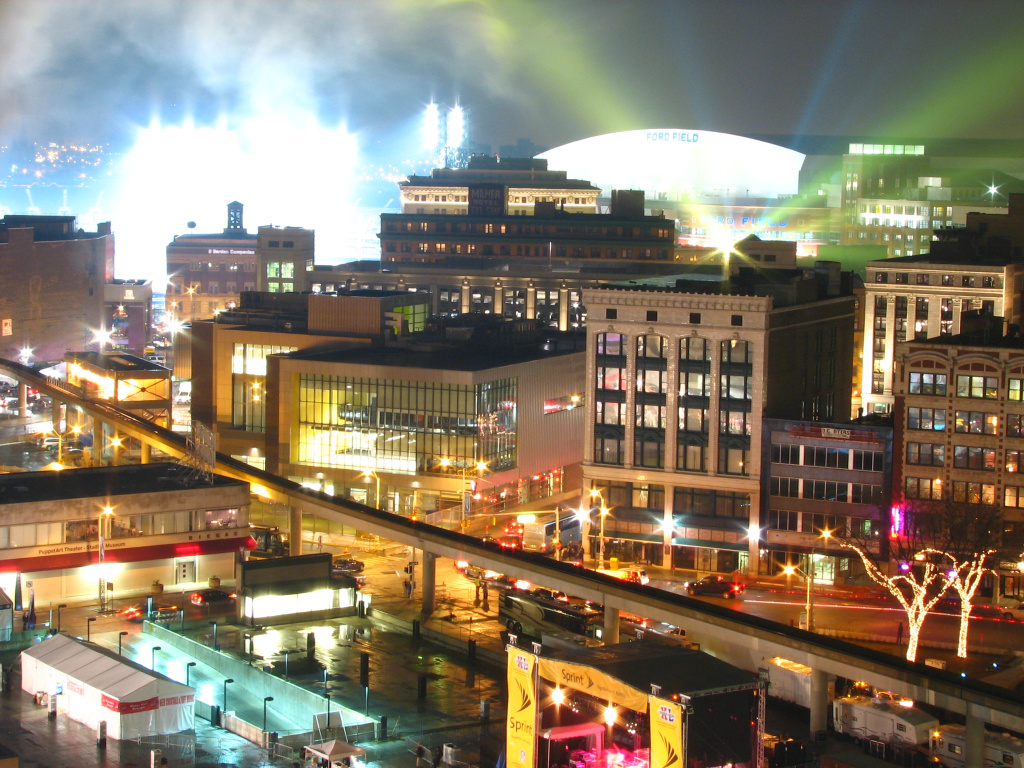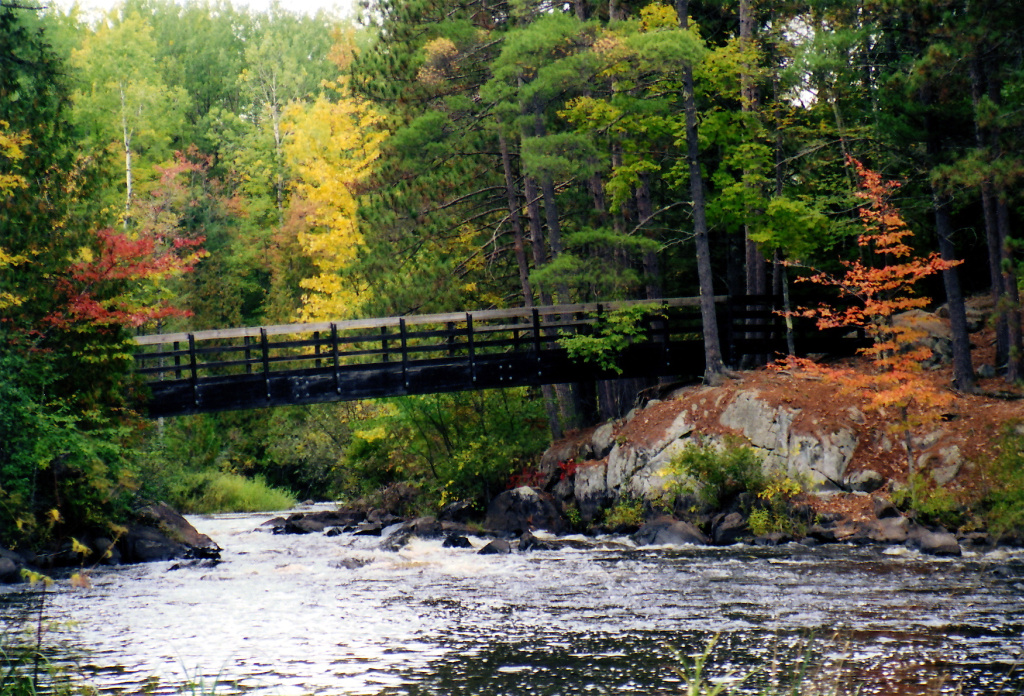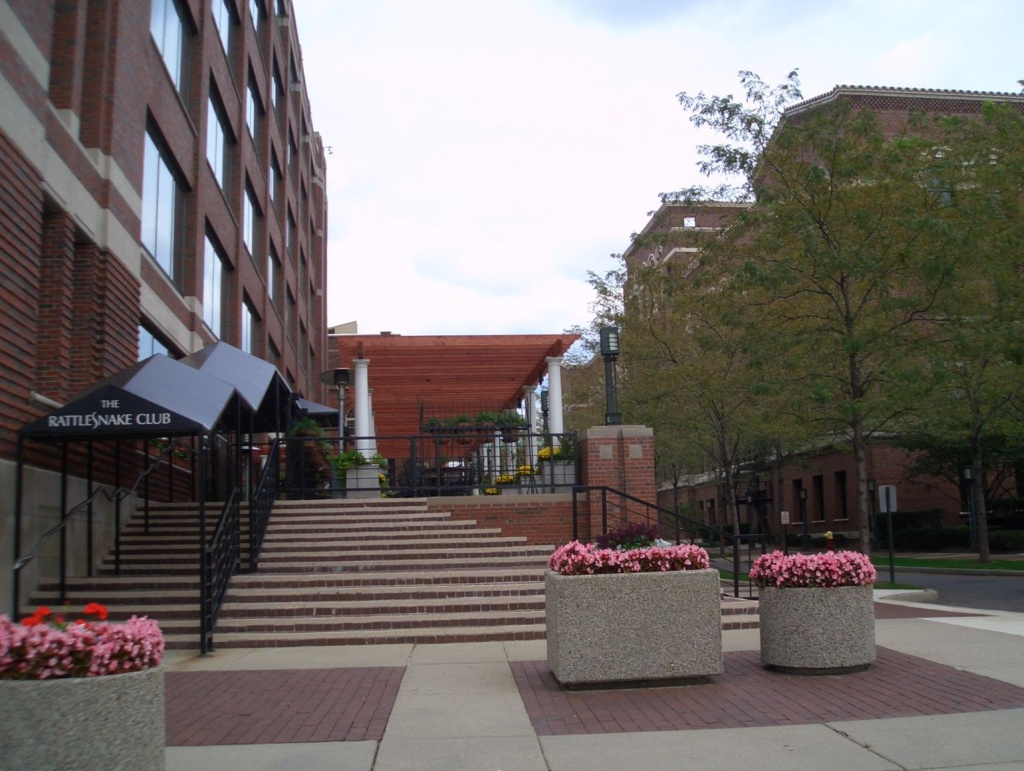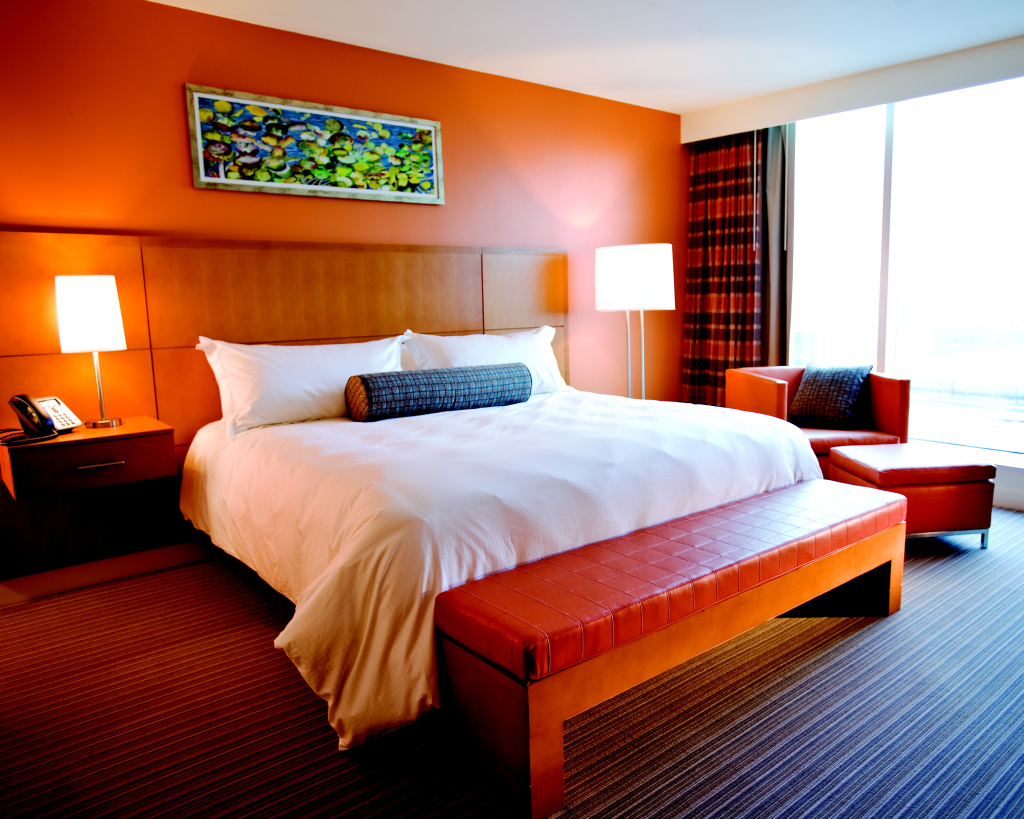Detroit is comprised of equally trendy districts that blend together to form a harmonious and up to-the-minute city along the shoreline of the Detroit River where the city’s name was derived. The trendy districts of Detroit consist of Downtown area, the Midtown area, the East Side, the Southwest Side, the Northwest Side, and the West Side, all of which serve as a testimony to how the city of Detroit has significantly shaped both the U.S. and the world in many ways.
Downtown
The Downtown district of Detroit is the city’s central business district that is bounded to the north by the Fisher Freeway, to the south by the Detroit River, to the east by Interstate-375, and to the west by the Lodge Freeway. This district is home to the most prominent buildings in Detroit which embody the charm of late nineteenth and early twentieth century America and which are interspersed with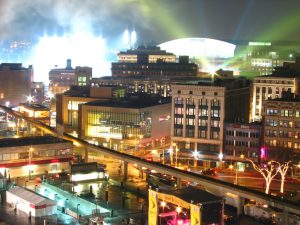 modern skyscrapers. This part of Detroit also boasts of the second largest theatre district in the U.S., several parks that are linked by the International Riverfront, casino resorts, downtown stadiums, and historic sites such as Greektown and the Renaissance Center. In the past decade, downtown Detroit has developed into a hip city and a notable place to reside with many recently built high rise lofts, restored historic mansions, and renovated old buildings.
modern skyscrapers. This part of Detroit also boasts of the second largest theatre district in the U.S., several parks that are linked by the International Riverfront, casino resorts, downtown stadiums, and historic sites such as Greektown and the Renaissance Center. In the past decade, downtown Detroit has developed into a hip city and a notable place to reside with many recently built high rise lofts, restored historic mansions, and renovated old buildings.
Midtown
The Midtown area of Detroit, the city’s cultural center, boasts of an assortment of galleries and museums, including the Charles H. Wright Museum of African American History and the Detroit Institute of the Arts. Midtown Detroit is also home to the main campus of Wayne State University. On the northern part of Midtown is popularly known as the New Center. The Midtown-New Center, which is bordered to the east and south by I-75, to the west by Highway M-10, and to the North by Highland Park, is home to some of the great architectural buildings in the 1920s, such as the Fisher Building and the Cadillac Place. Dubbed as the first edge city in the world, Detroit’s New Center first developed in the 1920s as a business hub which provided convenient access to both remote and downtown factories.
East Side
The East Side area of Detroit covers most of the Detroit International Riverfront. This part of Detroit boasts of such famous attractions as the Eastern Market, which is the largest in the U.S.; the Belle Isle, which is a large island encompassing a plethora of restaurants, retails shops, parks, skyscrapers and high rise residential sites; and the Pewabic Pottery, which is a ceramics gallery, museum, workshop and studio that exhibits changing contemporary art. Detroit’s riverfront provides pavilions, benches and fishing piers as well as several developments such as the Renaissance Center, GM Plaza, Hart Plaza, Tri-Centennial State Park, Chene Park, Gabriel Richard Park, and Stroh River Place.
Southwest Side
The Southwest Side of Detroit is bordered to the north by Michigan Avenue, to the east by downtown Detroit and the Detroit River, to the west by Dearborn Heights and to the South by the downriver settlements. This part of Detroit is a host to such ethnic neighborhoods as Corktown and Mexicantown and to many historical sites such as the Tiger Museum and Michigan Central Station.
Northwest Side
The Northwest Side of Detroit is a residential site bordered to the north by 8 Mile, to the west by Redford city, to the east by Woodward Avenue and Highland Park, and to the south by I-96. Situated in this district of Detroit are several historic neighborhoods, universities and colleges, and the Michigan State Fair.
West Side
The West Side of Detroit is also primarily a residential area just like the Northwest Side, offering a few attractions such as the Lee Plaza.
